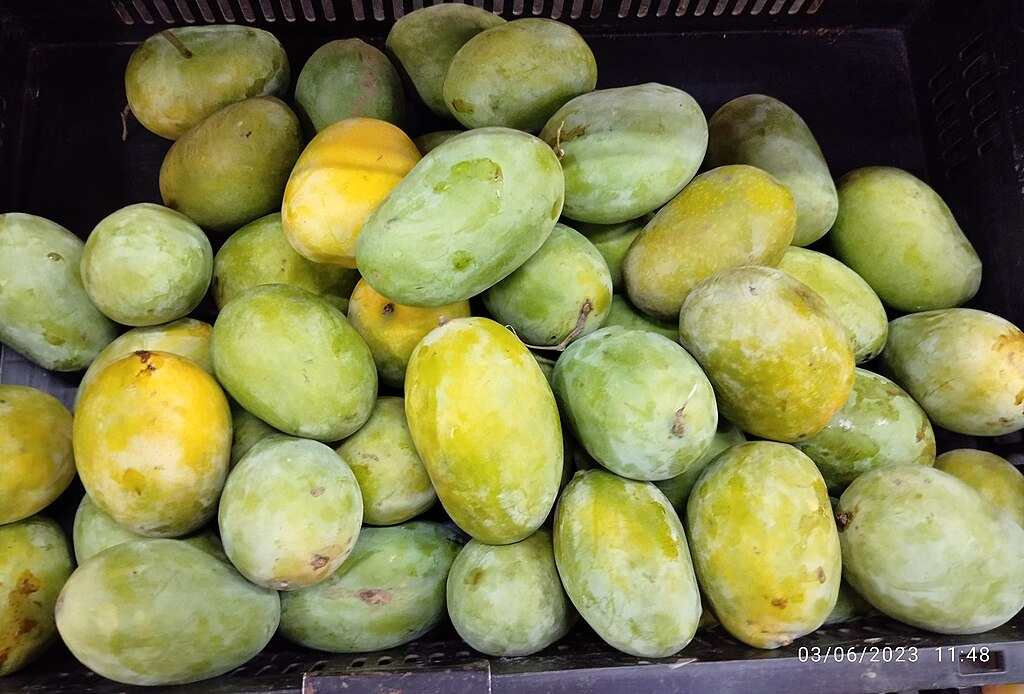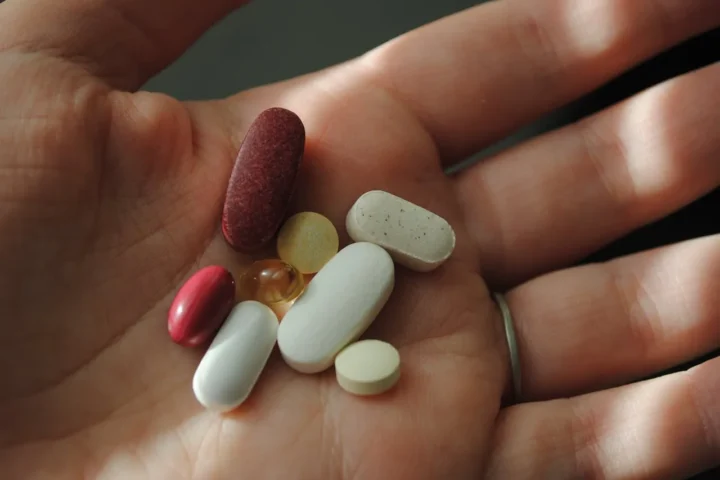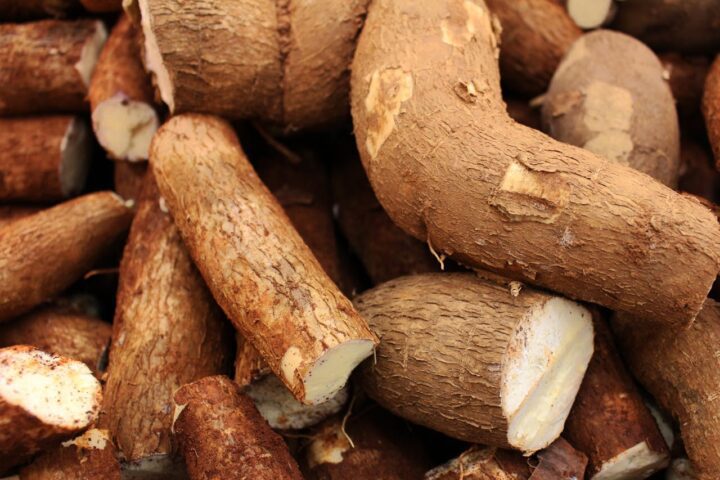New research from India challenges the long-held belief that people with diabetes should avoid mangoes. Two recent clinical trials suggest that replacing bread with moderate amounts of mango at breakfast may actually improve blood sugar control in people with type 2 diabetes.
The studies, conducted by researchers at Delhi’s Fortis C-DOC with funding from the Indian Council of Medical Research, tested what happens when people with type 2 diabetes swap out white bread for fresh mango at breakfast.
“We showed the benefits of small doses of mangoes in place of carbohydrates in breakfast in two detailed studies for the first time, laying to rest all speculations regarding adverse metabolic effects of its consumption,” said Professor Anoop Misra, who led the research.
In the first study, researchers monitored blood sugar responses in 95 participants who ate either white bread or one of three Indian mango varieties – Safeda, Dasheri, or Langra. The results showed that mangoes produced similar or even lower blood sugar spikes than bread over a two-hour period.
A second eight-week trial with 35 adults with type 2 diabetes produced even more striking results. Participants who replaced their breakfast bread with 250 grams of mango (about one small fruit) saw improvements in multiple health markers:
- Lower fasting blood sugar
- Better HbA1c (a measure of long-term blood sugar control)
- Reduced insulin resistance
- Weight loss
- Smaller waist measurements
- Increased HDL (good) cholesterol
Continuous glucose monitoring also revealed that people with diabetes experienced smaller blood sugar fluctuations after eating mango compared to bread – a factor that may reduce long-term complications.
The findings turn conventional dietary advice on its head, but come with important caveats.
Similar Posts
“The key is moderation and clinical supervision – this is not a license for unlimited mango feasts,” Professor Misra emphasized.
Dr. Sugandha Kehar, first author of both studies, added: “These studies show that within prescribed diets, consumption of mangoes are not detrimental to blood glucose and may even be beneficial.”
What makes this possible? Experts point to several factors. While mangoes taste sweet, they have a lower glycemic index (roughly 41-60) than white bread (around 70-75). This means they cause a gentler rise in blood sugar. Mangoes also contain fiber and beneficial plant compounds like mangiferin that may help improve insulin sensitivity.
Portion control remains crucial. The studies used approximately 250 grams of mango – about one small fruit containing roughly 180 calories. This replaced an equivalent amount of carbohydrates in the diet rather than being added to existing meals.
Dr. Rahul Baxi, a leading Mumbai-based diabetologist, offers practical advice to his patients: “If glucose levels are under control, I do allow and even encourage my patients to enjoy mangoes in limited quantities – about half portion which gives 15g carbohydrates – once or twice a day.”
He recommends eating mangoes between meals rather than as dessert, pairing them with protein or fiber, and avoiding mango juices or milkshakes that concentrate sugars without the beneficial fiber.
Mangoes hold deep cultural significance in the country, with more than 1,000 varieties grown and the fruit playing roles in everything from family traditions to international diplomacy.
While larger and longer studies are still needed, this research offers hope that with proper portion control and medical supervision, people with diabetes may not need to completely avoid one of summer’s most beloved fruits.
Frequently Asked Questions
Yes, according to new research from India’s Fortis C-DOC, people with type 2 diabetes can safely consume mangoes in moderation. The studies found that replacing bread with about 250g of mango (one small fruit) at breakfast may actually improve blood sugar control rather than worsen it. However, portion control and medical supervision remain important factors.
The research used approximately 250 grams of mango (about one small fruit) as a replacement for bread at breakfast, not as an additional food. This portion contains roughly 180 calories. Importantly, the researchers emphasized moderation and clinical supervision. Dr. Rahul Baxi, a Mumbai-based diabetologist, suggests that when glucose levels are controlled, patients might enjoy “about half portion which gives 15g carbohydrates – once or twice a day.”
Several factors contribute to mangoes having a gentler effect on blood sugar than previously thought. Mangoes have a lower glycemic index (41-60) compared to white bread (70-75), meaning they cause a more gradual rise in blood sugar. Additionally, mangoes contain fiber that slows sugar absorption and beneficial plant compounds like mangiferin that may help improve insulin sensitivity.
The eight-week trial with 35 adults who had type 2 diabetes showed multiple health improvements when they replaced breakfast bread with mango, including: lower fasting blood sugar, better HbA1c (long-term blood sugar control), reduced insulin resistance, weight loss, smaller waist measurements, and increased HDL (good) cholesterol. Continuous glucose monitoring also revealed smaller blood sugar fluctuations after eating mango compared to bread.
The researchers tested three popular Indian mango varieties: Safeda, Dasheri, and Langra. All three varieties produced similar or even lower blood sugar responses than white bread over a two-hour period after consumption. This suggests that the beneficial effects may apply across different mango varieties, though individual responses may vary.
Not necessarily. This research specifically focused on mangoes as a replacement for bread at breakfast. Different fruits have varying levels of sugar, fiber, and other compounds that affect blood sugar differently. The key takeaway is that whole fruits, when consumed in appropriate portions and as part of a balanced diet, may be better choices than processed carbohydrates like white bread. However, individual responses vary, and medical supervision is essential when making dietary changes for diabetes management.



















